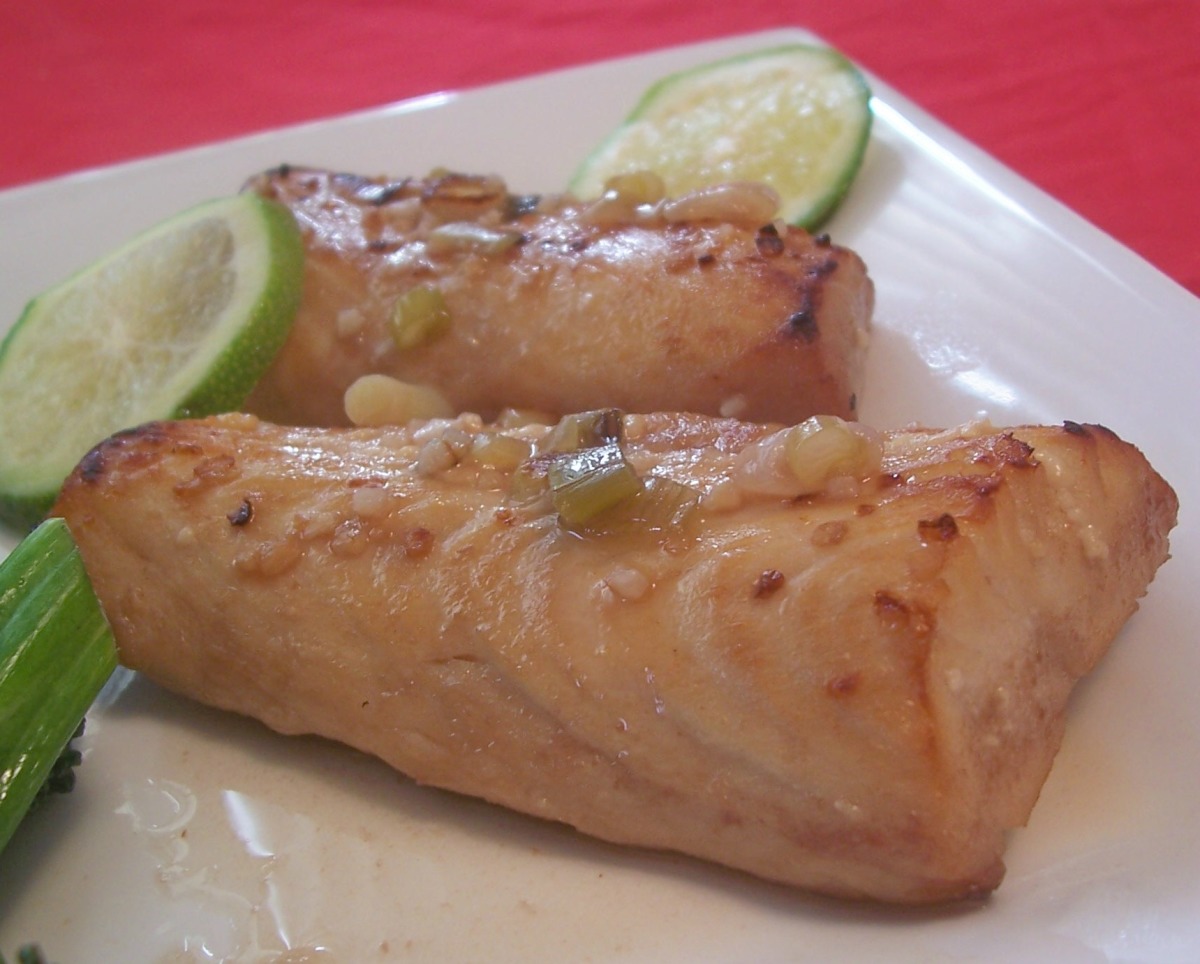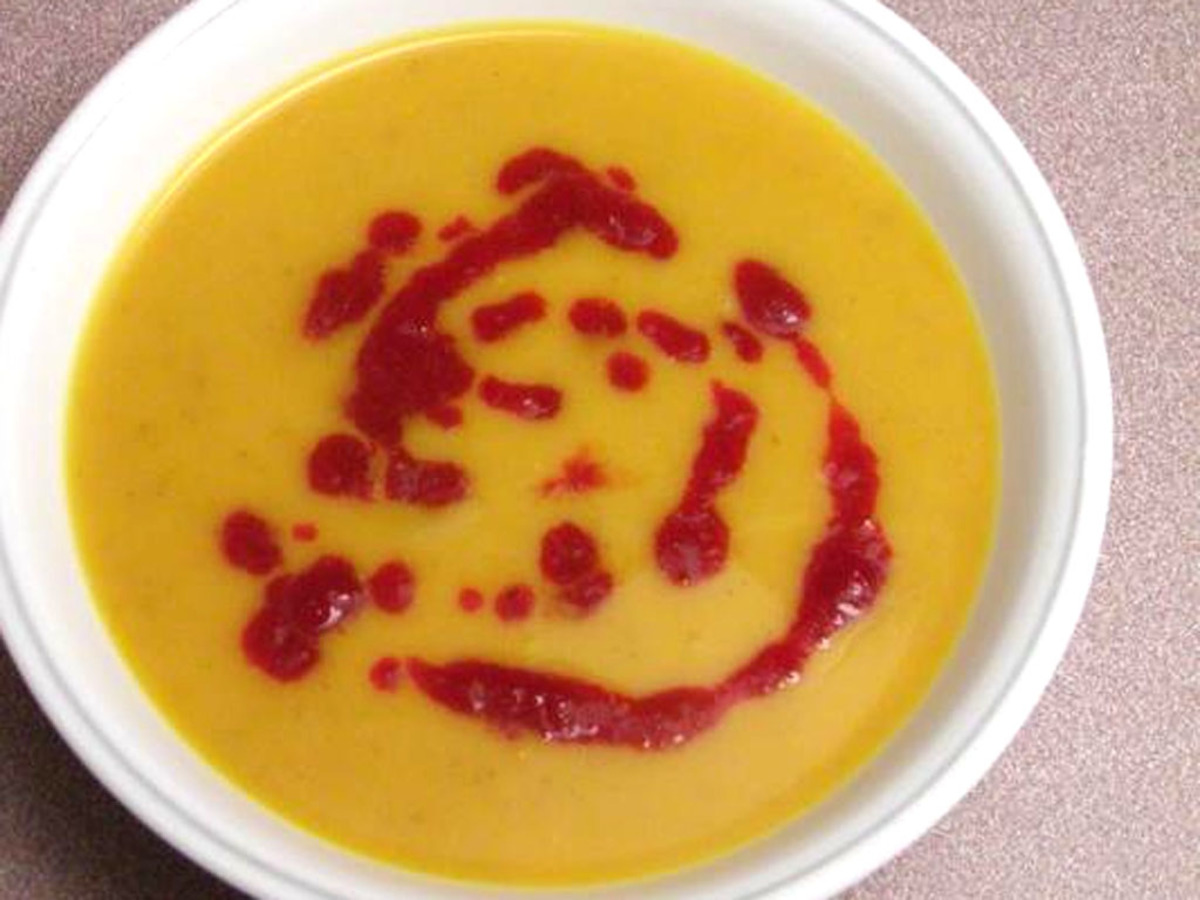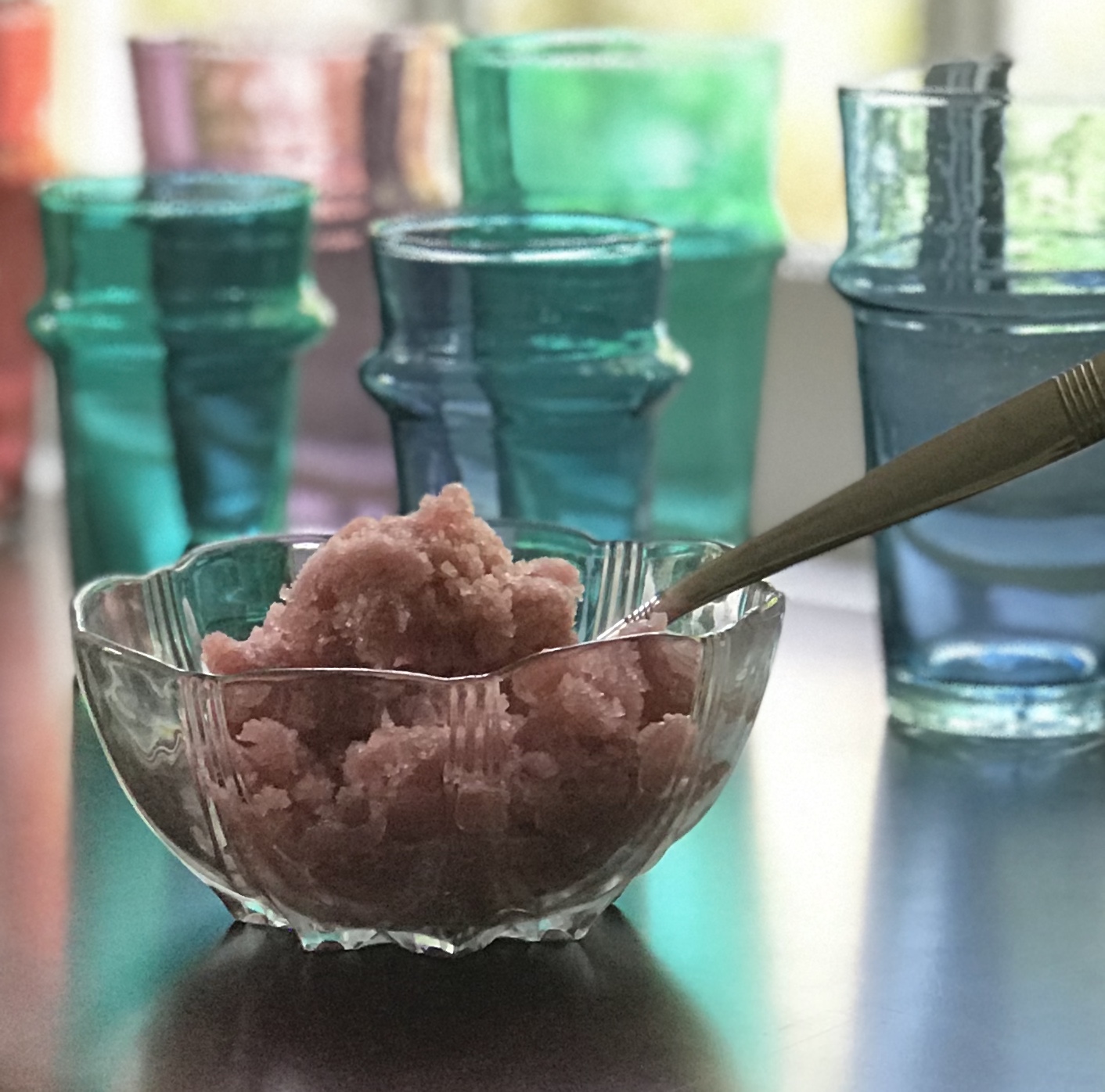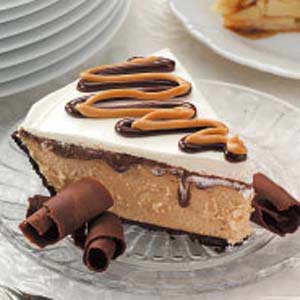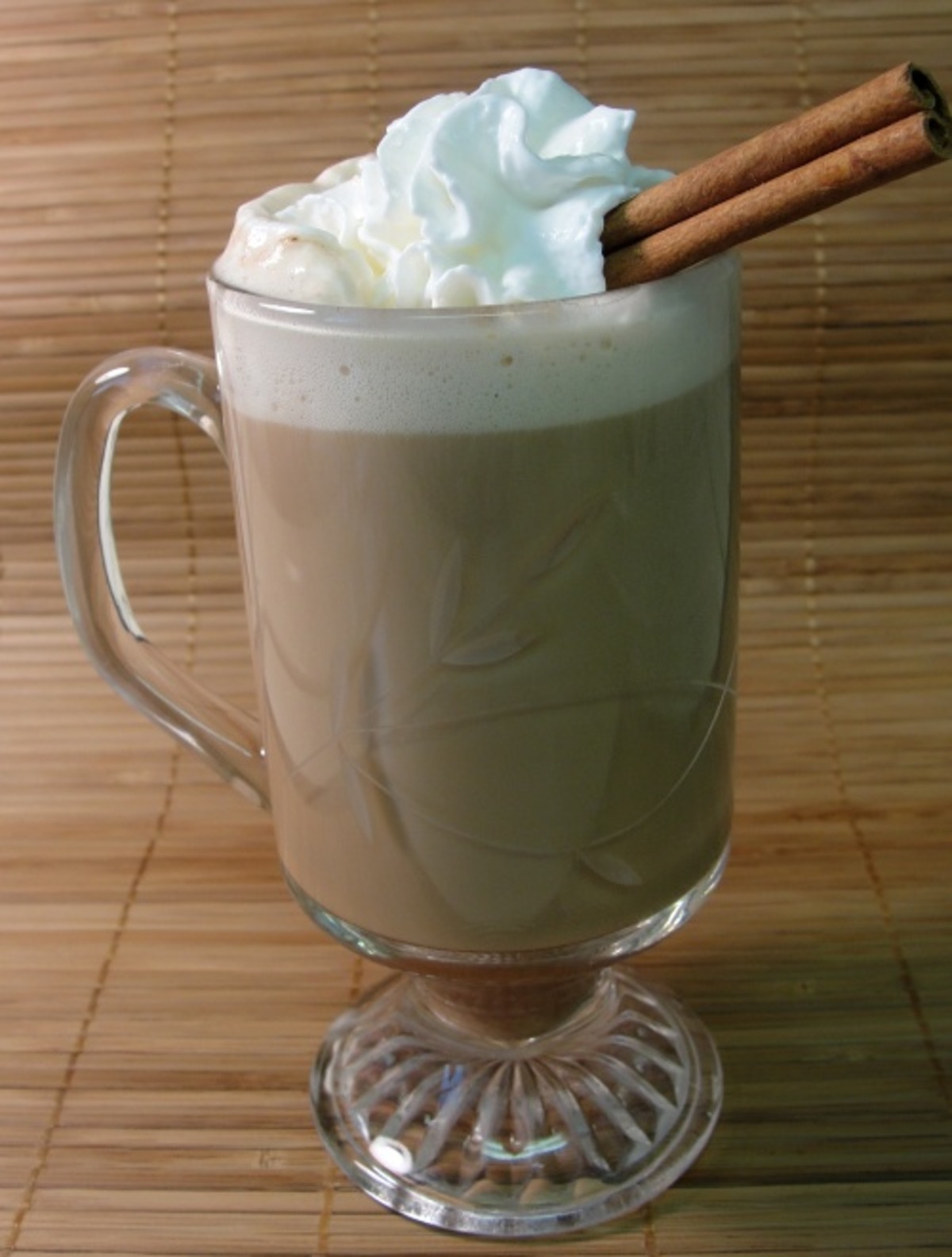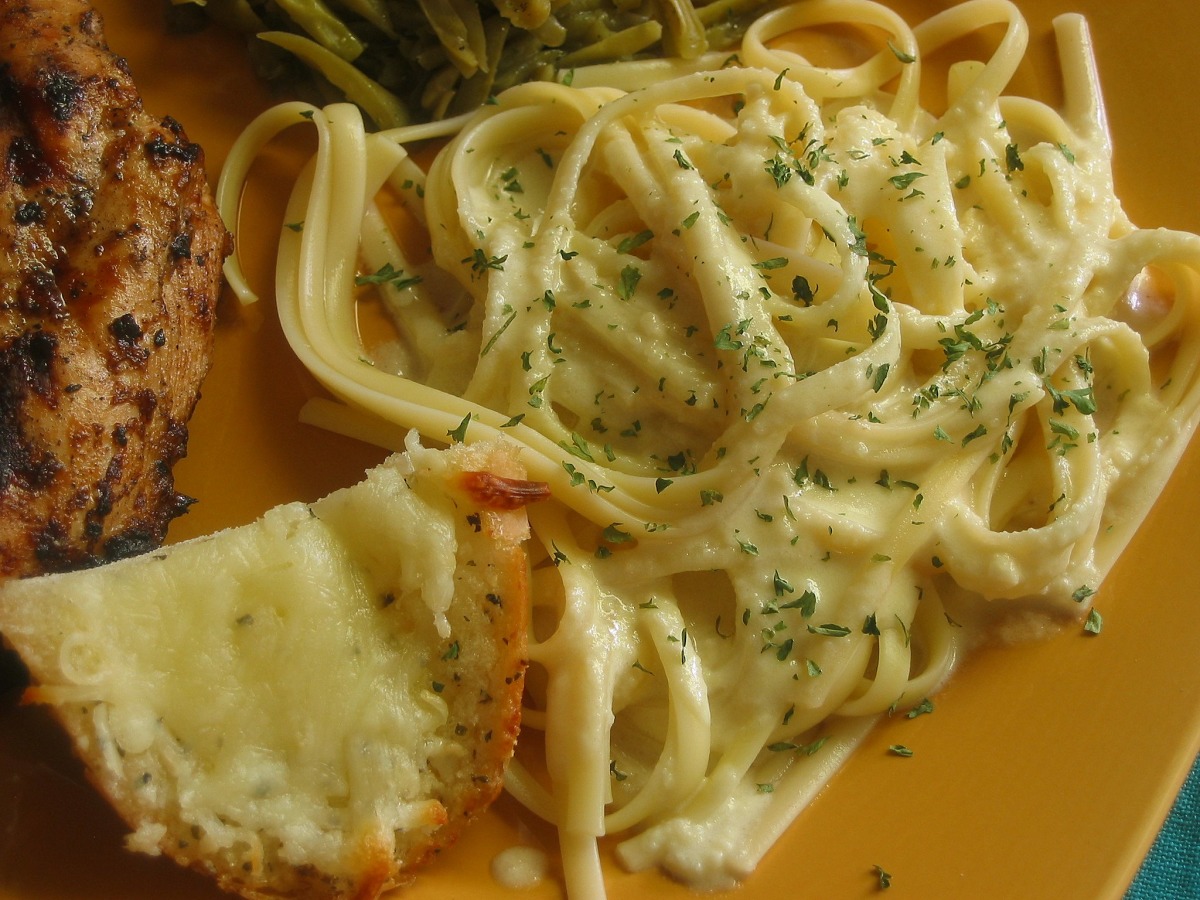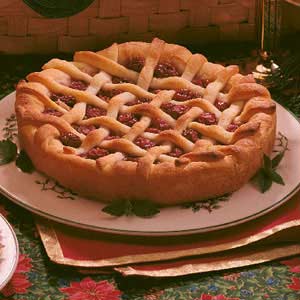**Embrace the Tangy Delights of Cultured Buttermilk and Its Culinary Symphony:**
In the realm of culinary arts, buttermilk stands as a versatile ingredient, adding a distinctive tang and luscious creaminess to various dishes. Whether you seek to transform humble pancakes into fluffy masterpieces or conjure delectable buttermilk biscuits that crumble at the touch, this fermented dairy product holds the key to unlocking a world of flavor. Its versatility extends beyond breakfast creations, as buttermilk lends its magic to tender chicken marinades, moist cakes, and savory dressings. As you embark on this culinary journey, discover the secrets of crafting your own cultured buttermilk at home, a simple yet rewarding process that yields a treasure trove of culinary possibilities. Delve into a symphony of recipes that showcase the transformative power of cultured buttermilk, from classic buttermilk pancakes and biscuits to tantalizing buttermilk fried chicken and irresistibly creamy buttermilk salad dressing. Prepare to elevate your culinary repertoire and savor the delightful tang of cultured buttermilk in every bite.
CULTURED BUTTERMILK

I prefer real buttermilk in recipes to the vinegar-lemon milk substitute. It was frustrating always running out of buttermilk just when I needed it most. I usually quadruple and make a gallon at a time. Once you've made your own, you can save some back to replenish your supply by making more. My husband loves an occasional cold glass of buttermilk on a hot summer day, with a little salt. Update: A couple of reviewers have reported this did not work for them. Because it is a 'culture based' recipe, it relies on the fresh buttermilk that provides the 'culture' to be fresh enough that the 'culture' is still alive. Once the culture has died, it can no longer feed to create more of itself.
Provided by Cindy Lynn
Categories Beverages
Time 5m
Yield 1 quart
Number Of Ingredients 3
Steps:
- Mix up a quart of reconstituted powdered milk by combining dry powdered milk with water.
- Add fresh buttermilk.
- Evening: Allow it to stand on the kitchen counter overnight; in the morning it will be buttermilk.
- or Morning: Allow it to stand on the kitchen counter through afternoon; in the evening it will be buttermilk.
- Store in refridgerator up to two weeks.
HOMEMADE CULTURED BUTTERMILK
If you re-culture this regularly, you can carry on re-culturing indefinitely. This is so much better than adding lemon juice to milk to get the sour effect.
Provided by Sue Bosbury
Categories Cheese Appetizers
Time 10m
Number Of Ingredients 4
Steps:
- 1. Pour buttermilk (1/4 cup for a quart jar or ½ cup for a half gallon jar) into your clean jar. Top off the jar with your plain milk. Tightly screw lid to the jar and shake vigorously for 1 minute. Place in a warm (but not hot) area out of direct sunlight. Let it sit there for 12 to 24 hours, until thickened. Refrigerate when thick. Use within two weeks.
- 2. Buttermilk is used in recipes for several important reasons: Buttermilk is acidic, so it helps invigorate leavening agents -such as baking powder, baking soda and yeast- when added to baked goods. The acid also helps combat discoloration in baked goods and promotes deep, beautiful browning. Buttermilk contains natural emulsifiers; this improves texture and aroma, and extends shelf life after baking. Remember how buttermilk is acidic? That makes it a wonderful addition to marinades for chicken and pork. The acid helps tenderize the meat and gives it a tangy flavor. You know the 'cultured' part of cultured buttermilk? It's good for you. It contains many active cultures similar to those found in yogurt. Most of the cultures generally found in buttermilk are form the Lactococcus Lactis family and many of their subspecies. Those cultures are what make buttermilk so thick and creamy. And what? Good for you!
Tips:
- Choose the right milk: Use whole or 2% milk for the best flavor and texture. Skim milk will not produce a thick buttermilk.
- Keep it warm: The ideal temperature for culturing buttermilk is between 70-75°F (21-24°C). If your kitchen is too cold, you can warm the milk in a warm water bath or place it in a warm oven.
- Use a good starter culture: You can use store-bought buttermilk, yogurt, or kefir as a starter culture. If you are using buttermilk, make sure it is fresh and not ultra-pasteurized.
- Let it culture for at least 12 hours: The longer you culture the buttermilk, the tangier it will be. For a mild flavor, culture for 12-18 hours. For a stronger flavor, culture for 24-48 hours.
- Store it properly: Buttermilk can be stored in the refrigerator for up to 2 weeks. It can also be frozen for up to 6 months.
Conclusion:
Cultured buttermilk is a delicious and versatile ingredient that can be used in a variety of recipes. It is a great way to add flavor and richness to your favorite dishes. With a little planning and effort, you can easily make your own cultured buttermilk at home.
Are you curently on diet or you just want to control your food's nutritions, ingredients? We will help you find recipes by cooking method, nutrition, ingredients...
Check it out »
#15-minutes-or-less #time-to-make #course #main-ingredient #cuisine #preparation #occasion #north-american #5-ingredients-or-less #beverages #eggs-dairy #american #easy #no-cook #dietary #low-sodium #low-calorie #low-carb #inexpensive #low-in-something #number-of-servings #technique
You'll also love




